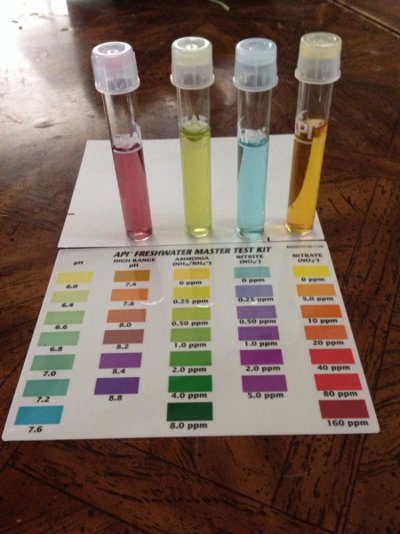So this is really bad to admitt to but I have never tested the levels or anything in my tank for the last 3yrs.....
The idea of testing has always made me nervous because I have no idea what levels are good, what levels are bad and so on and so forth I also don't want the testing to have to be a long hard process that I have to do before I struggle to understand the data.
I have always just played it by ear so to say in the fact that I change/rinse the filters in my fluval 206 on rotation based on what the instruction say and I treat the water with conditioner when I do water changes. Other than that I really don't know.
So I guess what I am looking for here is some tips on what levels I should be aiming for and also what are a couple easier but decent testing kits or equipment I could use. I want to learn more so I can be a more responsible fish keeper.
Thank you!
The idea of testing has always made me nervous because I have no idea what levels are good, what levels are bad and so on and so forth I also don't want the testing to have to be a long hard process that I have to do before I struggle to understand the data.
I have always just played it by ear so to say in the fact that I change/rinse the filters in my fluval 206 on rotation based on what the instruction say and I treat the water with conditioner when I do water changes. Other than that I really don't know.
So I guess what I am looking for here is some tips on what levels I should be aiming for and also what are a couple easier but decent testing kits or equipment I could use. I want to learn more so I can be a more responsible fish keeper.
Thank you!

